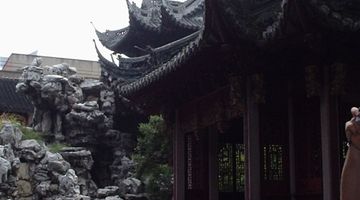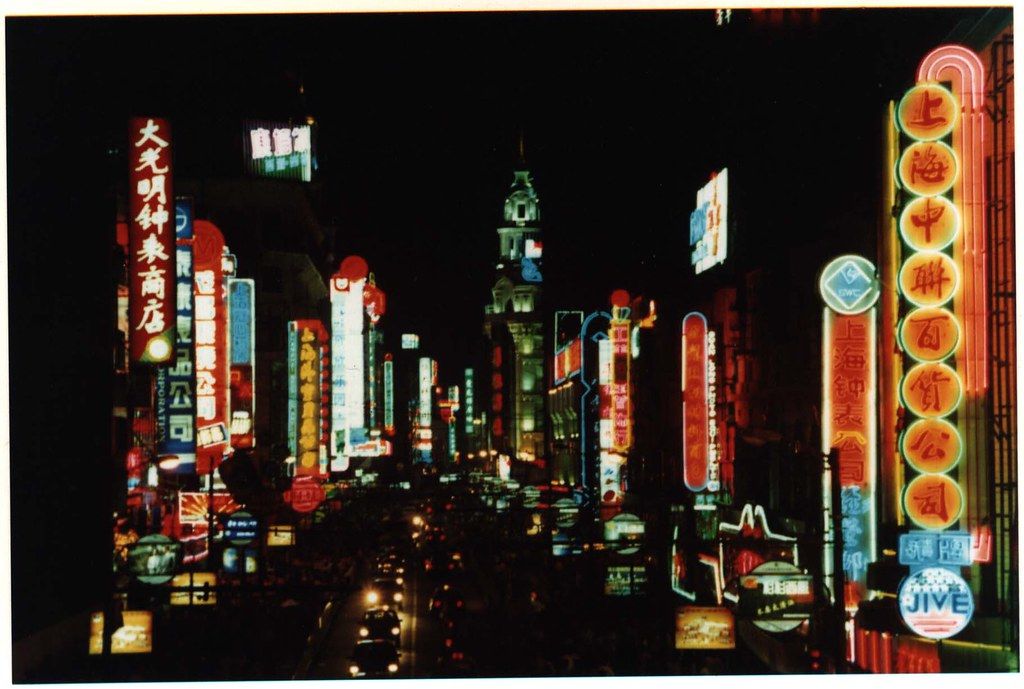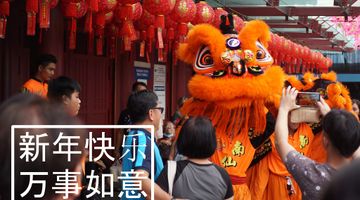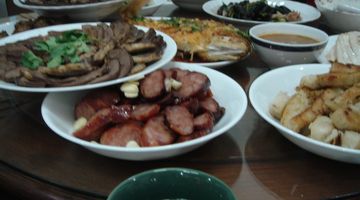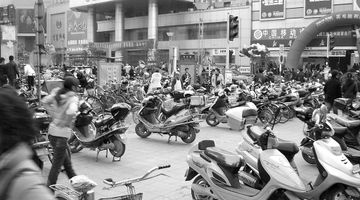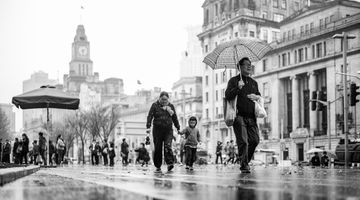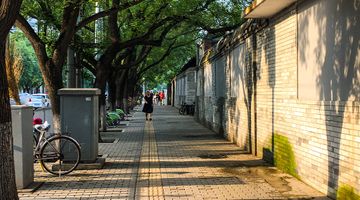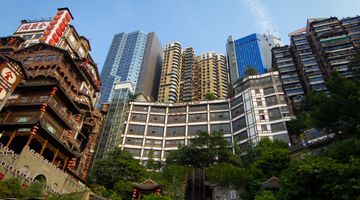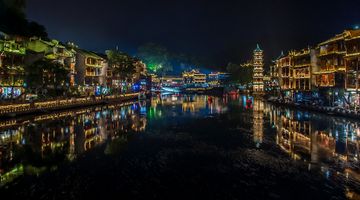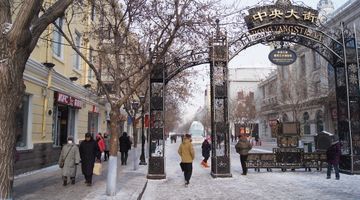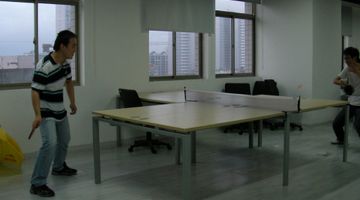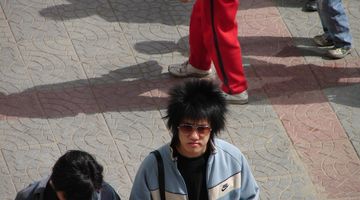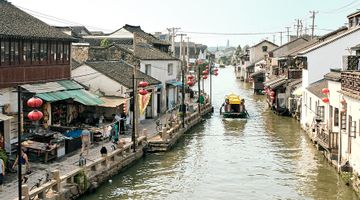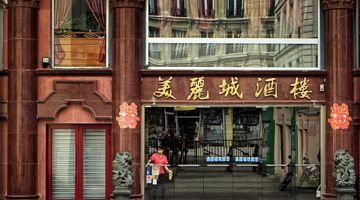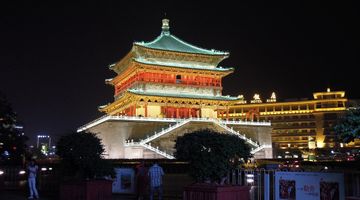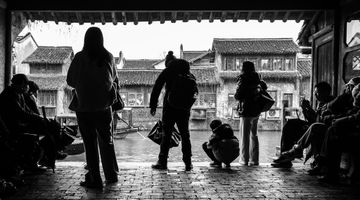Shanghai China – Your Quick Tourist Guide
In a nutshell
China can be a confusing place for foreigners at the best of times, but Shanghai is the perfect gateway into the Middle Kingdom. A mesmerizing of blend old and new, East and West, the big city offers a truly enriching experience.
Why go to Shanghai
With the Bund at its centre, the sprawling city gives visitors a broad array of attractions – food, nightlife and culture blend together to provide a city that is truly unique. Visit the ancient Longhua Temple, then walk a few yards down the road for a sundowner atop the Bund at a sleek 5-star hotel.
The food scene is a special synthesis of food inspired by local and international influences. Grab a xiaolongbao at Jia Jia Tangbao, or fine dine at the glitzy Ritz Carlton. Eat breakfast at a café in the former French concession, then take the kids to Disneyworld on the super convenient subway. The most glamorous locations won’t be cheap, but we all deserve a treat. If you’re travelling on a budget, it can be done economically too-stay at the Captain Youth Hostel for only 60 RMB.
When to go to Shanghai
For the most moderate weather, go in autumn starting in October. The weather won’t be boiling and you won’t be too cold- this is Shanghai’s peak tourist season. Remember it’ll be busy, so choose another time if you want to avoid the crowds. Because of all the business done in Shanghai, hotels are cheapest over weekends.
For the true cultural experience, go during Chinese New Year (February).
Where to stay in Shanghai
Shanghai has a wide variety of accommodation to choose from. From cheap backers (50 RMB) to elegant boutique hotels (1000 RMB+), the options are endless.
Your backpackers will usually be shared rooms, but with free WIFI and clean conditions.
There are massive 5-star hotels all along the Bund, and some are even quite affordable. Stay here to indulge in some luxury while you immerse yourself in culture. They usually have their own restaurants, and guests can take time out in a swimming pool or spa.
The Bund is a popular place to stay – it’s central to all the cultural attractions, lined with popular restaurants and bars. Top of the range hotels tower over a small backpackers joint-there’s all sorts of places to stay here. Huangpu, and Pudong are also popular areas.
We usually opt for 3-4 star hotels that are well placed who provide great, affordable service (from 300 RMB-night).
Where and what to eat in Shanghai
Influenced by the melting pot of cultures in Shanghai, the food scene reflects this in both variety and quality. Here you can eat different dishes originating from across China and the world. The restaurants range from plastic table corner joints to gleaming Michelin star-rated rooftop establishments. Try a local delicacy- a tasty bowl of xiaolongbao, a delicious dumpling soup. Jia Jia Tangbao makes some of Shanghai’s finest, and its cheap- from 5 RMB.
Choose from one of Shanghai’s fusion restaurants, reflecting the city’s vibe by blending Chinese and Eastern cuisines into tasty morsels. Try Light & Salt- a trendy fusion restaurant serving food with traditional Shanghainese elements, combined with European influences.
The city also has great street foods- go to Chenghuangmiao Old Street, and feast on pork balls, ribs, and octopus on a stick for less than 20 RMB.
How to get around Shanghai
Travelling around Shanghai is incredibly convenient.
Because of the city’s heavy congestion, it’s wise to avoid travelling by car when possible – the majority prefer the subway. The Shanghai Metro has an average of around 10 million people using it daily. It takes you to all the most popular attractions, and it’s lightning fast. It’s also cheap – expect to pay for 5-10 RMB. Be aware that it can also be congested, which can be uncomfortable.
Shanghai also has an extensive bus network. There are over 1000 lines, and they can take you to the outskirts where the metro wouldn’t. Remember the roads are congested, but a ticket will only cost you 1 RMB.
Taxis in Shanghai are also abundant, and offer you a more comfortable mode of travel. Download the DiDi taxi app-it’s like China’s Uber. The drivers usually don’t speak English, so show them the address in Chinese. Expect to pay from 15 RMB.
In a successful attempt to ease congestion, the city now has bicycles for rent at only 1 RMB/ 30 minutes. We loved this eco-friendly way to travel- download the Mobike app, and look out for the orange bikes on every corner!
How to get to and from Shanghai
By air
If you are coming to Shanghai from abroad you’re most likely on a plane – you’ll arrive at Shanghai Pudong Airport. Long-haul flights usually connect from Hong Kong (2h50m from 800 RMB), or Beijing (2h25m from 700 RMB). Pudong is a world class airport, and you can travel from there by subway, bus or taxi. It’s also big, so make sure you leave yourself enough time to get around.
There are thousands of domestic flights to all larger cities in China, and they are usually very affordable. Remember that China is a massive country, so a flight can take a long time.
By train
China has one of the best high-speed rail systems in the world. It’s not only fast (upwards of 300km/h!) but it’s safe, affordable and reliable. The trains can take you to almost any city in China, and they’re a great tool to explore the country with.
Shanghai has four major train stations: Shanghai Station, Shanghai Hongqiao, Shanghai South and Shanghai West. Hongqiao and Shanghai Station are the most centrally located.
Travel from Shanghai to Beijing takes about 5h30m, and costs about 500 RMB. There are convenient “sleeper carriages” so you can lie down on the longer train rides.
We recommend travel by train since it’s less of a hassle than an airport, and you get to see more of the country! They stop running at about 10pm, and start at about 6am.
By taxi
It’s possible to get a taxi from Shanghai to another city, but not recommended. The plus side is they don’t stop running late at night, so if the trains are closed there’ll be taxis. Again, it’s a big city so getting out and onto the highway will take a long time. Some drivers may be reluctant to travel too far out of the city, so you may be forced to use a private taxi company.
Expect to pay upwards of 1000 RMB for a 2 hour trip to nearby Hangzhou.
By bus
Preferable to taxis are busses. Although slower than the high-speed trains, they are cheaper. The busses in China are safe- so don’t worry. They’re also convenient because they operate regularly, and the stations are well located. A bus from People’s Square to Hangzhou takes about 3 hours, from 45 RMB. There are also long-distance busses that will take you across the country.
Is Shanghai a safe place to visit?
Yes. Travelling around is incredibly safe, and people are generally friendly and polite to foreigners. If you are a nervous traveller, avoid taxis because the drivers can be reckless to say the least. Guns are illegal in China and there is very little crime. Although unlikely, be aware of pickpockets when you’re in Shanghai’s large crowds. Your most dangerous threat is probably a typhoon- and even these don’t happen very often.
